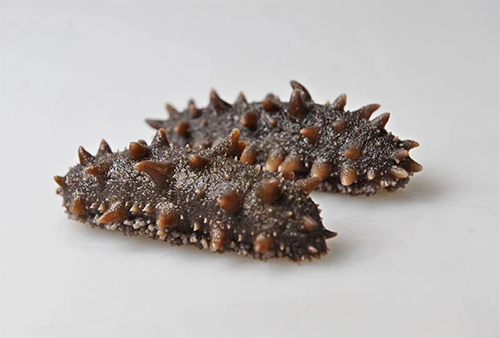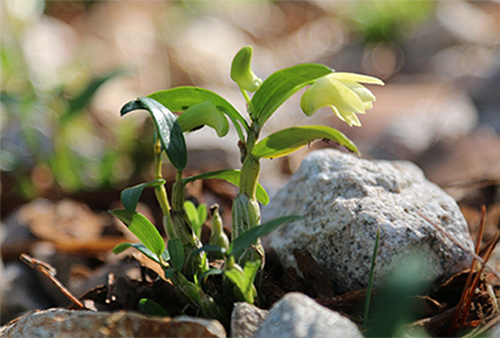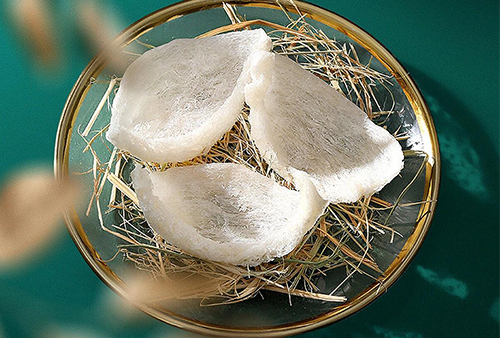Dendrobium huoshan flower, a daily tonic for women
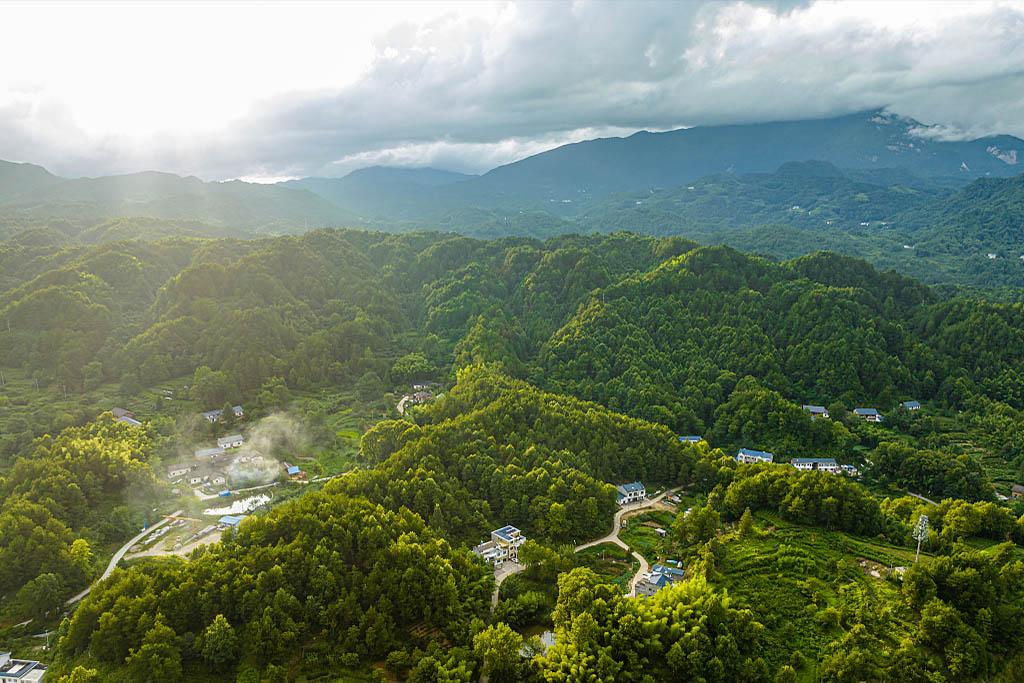
Dendrobium huoshanensis is a herbaceous plant of the genus Dendrobium of the Orchidaceae family, which has rich medicinal value and health care effects.
Dendrobium huoshanensis is a plant with high medicinal value. It can nourish yin and moisturize the lungs, nourish the stomach and promote fluid production, improve eyesight and clear away heat. It also has the effects of enhancing immunity and anti-aging. It has certain benefits for respiratory diseases, diabetes, chronic hepatitis, chronic gastritis, etc. The growth cycle of Dendrobium Huoshanensis is relatively long, and it generally takes 3 years to bloom. Its growth environment requires high requirements, and it needs to be cultivated in a place with good air circulation, a humid environment, and half shade and half sun. In addition, Dendrobium huoshanensis also has high soil requirements. It needs to be planted in clean, sterile, breathable, soft, and well-drained soil.
The cultivation technology of Dendrobium huoshanensis includes culturing in a sterile room for about 11 months, during which time three or more seedlings are needed to ensure the survival rate. Management after planting is also very important. It is necessary to keep the soil moist, especially in summer, irrigate three times a day, and again in winter when the pot is dry. In addition, Dendrobium huoshanensis prefers shade and avoids direct sunlight. In summer, it can be exposed to the sun in the morning and evening, but not at noon and afternoon. At the same time, good ventilation conditions must be ensured.
The growth cycle of Huoshan Dendrobium is very short, and it only grows five centimeters in five years. This is related to the particularity of its growth environment. The temperature difference between winter and summer in Huoshan is huge, leaving a very short growth cycle for Dendrobium. Therefore, although Dendrobium huoshanensis grows slowly, its unique medicinal value and health care effects make it a precious medicinal material.
Dendrobium Huoshanensis not only has important medicinal value, but also requires high planting and maintenance requirements and a long growth cycle. These factors jointly determine the value and preciousness of Dendrobium Huoshanensis.
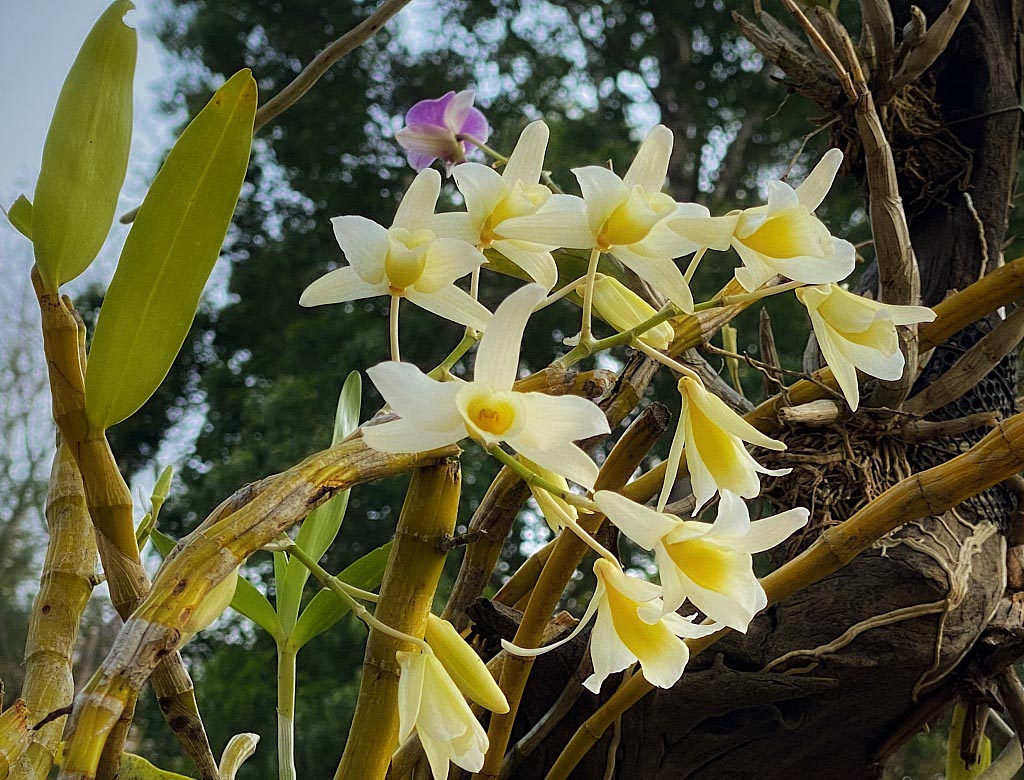
What are the specific medicinal ingredients and mechanism of action of Dendrobium huoshanensis flower?
The specific medicinal ingredients of Dendrobium huoshanensis flower (Dendrobium huoshanensis) mainly include chemical ingredients such as polysaccharides, amino acids, benzyls and flavonoids. Among them, Dendrobium huoshanensis polysaccharide is its main active ingredient, which is mainly composed of monosaccharides such as mannose, glucose, and galactose. It has pharmacological activities such as anti-inflammatory, immune-enhancing, and anti-tumor. In addition, Huoshan dendrobium flowers also contain more than a dozen kinds of amino acids, dendrobium alkaline, polysaccharides and some trace elements such as iron, sodium and potassium needed by the human body, as well as a variety of volatile oils. These volatile oils can refresh and relieve depression, help relieve mental stress, and maintain Clear your mind, relieve mental depression, and calm irritability.
Compared with other similar medicinal materials, what are its unique advantages and potential application areas?
Compared with other similar medicinal materials, Dendrobium huoshanensis has unique advantages and potential application fields. First of all, Dendrobium huoshanensis is the rhizome of Dendrobium milanensis, a plant in the family Dendrobiumceae. It is known as the "first of traditional Chinese medicines" and has extremely high nutritional value and is widely used in the fields of health care and traditional Chinese medicine. Secondly, Dendrobium huoshanensis has the effects of delaying aging, nourishing the skin, and reconciling yin and yang. It is a national first-level protected plant in China and a national geographical indication product in China, ranking first among the "Top Ten Anhui Medicines." In addition, the uniqueness of Huoshan Dendrobium is also reflected in its growth environment. It grows at the northern foot of the Dabie Mountains, at the intersection of north and south climates, with a large temperature difference between winter and summer, day and night. This unique climate environment creates the unique Huoshan Dendrobium.
Compared with other dendrobiums, the main differences between Dendrobium huoshanensis and other varieties such as Dendrobium candidum lie in its fleshy texture, appearance characteristics that gradually taper from the base upward, and the sharp expansion of the second segment. These characteristics make Dendrobium huoshanensis more significant in nourishing yin, that is, it has high polysaccharide content and rich lipids. Therefore, Dendrobium huoshanensis not only plays an important role in the field of traditional Chinese medicine, but its unique growth environment and inherent qualities also give it a place in the health culture.
The unique advantages of Dendrobium huoshanensis lie in its high nutritional value, significant health care effects, unique growth environment and intrinsic quality. These characteristics make it have a wide range of potential applications in the fields of health care, traditional Chinese medicine treatment and health culture.
What is the difference in medicinal value between Huoshan Dendrobium flowers and other Dendrobium plants (such as Dendrobium officinale)?
The main difference in the medicinal value of Dendrobium huoshanensis and Dendrobium officinale is reflected in their efficacy and effects. Dendrobium officinale has the effects of "benefiting the stomach, promoting fluid production, nourishing yin and clearing heat", and is mainly used to treat symptoms such as fever, body fluid injury, dry mouth and polydipsia, and stomach yin deficiency. It also has the effects of enhancing immunity, regulating gastrointestinal function, lowering blood sugar, lowering blood pressure, and resisting liver damage. In addition, Dendrobium officinale can also promote the secretion of gastric juice and is used to treat gastric diseases such as indigestion and atrophic gastritis. It can also soothe the liver and promote gallbladder, and assist in the treatment of hepatitis, cholecystitis and other liver and gallbladder diseases.
In contrast, Dendrobium huoshanensis has the effects of clearing away heat and detoxifying, nourishing yin and promoting fluid production, and enhancing immunity. Dendrobium huoshanensis is rich in dendrobium polysaccharides, tannins, total acids, 17 common amino acids, phenanthrene compounds, flavonoids, total phenols, etc. These ingredients give dendrobium huoshanensis good gastrointestinal protection, nourishing yin, moisturizing, and antioxidant properties. effect. This indicates that Dendrobium huoshanensis may have wider applicability and effect in regulating the internal environment and enhancing the body's immunity.
In summary, Dendrobium officinale mainly emphasizes the functions of regulating the stomach, promoting fluid production, nourishing yin and clearing away heat. It is suitable for treating symptoms such as deficiency of stomach yin, fever and fluid damage, etc. It also has the functions of enhancing immunity and regulating gastrointestinal function. On the basis of clearing heat, detoxifying, nourishing yin and promoting fluid production, Dendrobium huoshanensis shows a wider range of health maintenance functions through its rich nutritional components, such as maintaining the gastrointestinal tract, nourishing yin and moisturizing, and antioxidant. Therefore, the difference in medicinal value between the two is mainly reflected in their unique effects and effects.
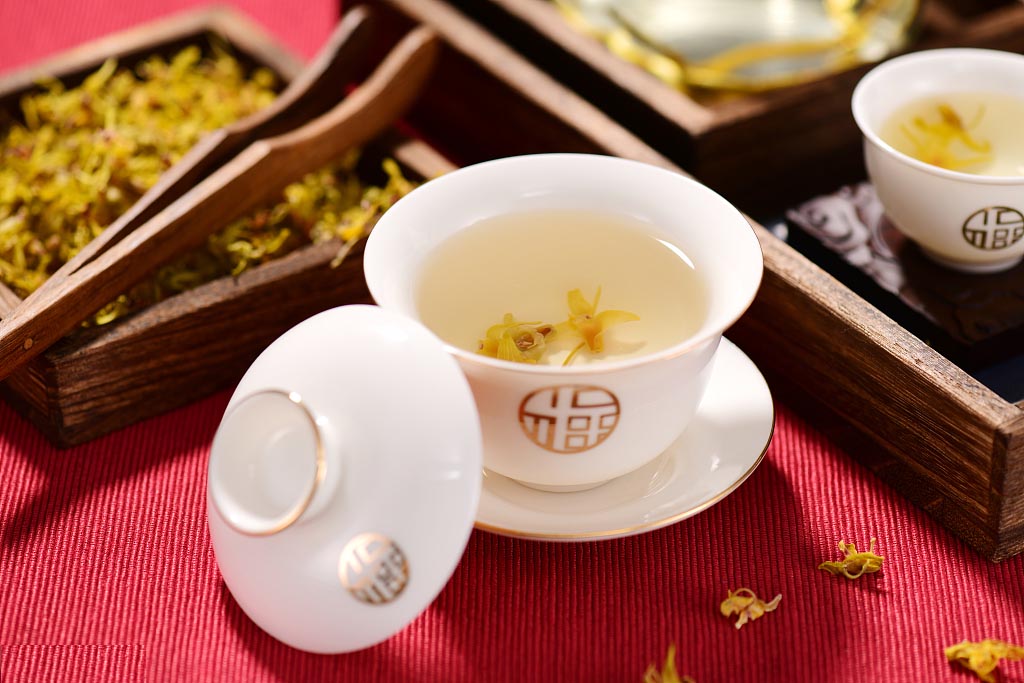
What are the differences between the traditional uses of Dendrobium huoshanensis flowers in different cultures and modern research?
Traditional uses of Dendrobium huoshanensis flowers in different cultures and modern research show some differences. In traditional culture, Dendrobium huoshanensis flowers are widely used for therapeutic and medicinal purposes. For example, Huoshan County, Lu'an City has a local tradition of using dendrobium in dishes, such as dendrobium stewed duck, dendrobium stewed chicken, dendrobium flower scrambled eggs, etc. In addition, the whole body of dendrobium is considered to be a treasure. Its stems can be washed and chewed directly, and can also be used to make soup, tea, and wine. Its flowers also have many functions and are loved by many people. This suggests that, traditionally, Dendrobium huoshanensis flowers and related products have been used in a variety of cooking methods and health care.
In terms of modern research, Dendrobium huoshanensis flowers are believed to have a variety of health benefits. For example, the flowers of Changshenglonghuoshan Dendrobium have a sweet and flat smell. They return to both the spleen and kidney meridian. They have the effect of nourishing yin and warming yang. It is also effective in treating irritability, excessive smoking and drinking, acne, It has a good effect on chronic gastric problems, dry skin, insomnia and dreaminess. In addition, Dendrobium Huoshanensis (Dendrobium) is considered to have extremely high nourishing value and is a traditional and precious traditional Chinese medicinal material unique to China. These studies show that modern research has further revealed the various health benefits of Dendrobium huoshanensis flowers, including nourishing yin and blood, nourishing kidney and accumulating essence, nourishing stomach yin, replenishing qi and strength, etc.
The traditional uses of Dendrobium huoshanensis flowers in different cultures are mainly focused on dietary therapy and medicinal uses, while modern research has further explored its health benefits, including but not limited to nourishing yin and blood, nourishing kidneys and accumulating essence. These differences reflect changes and developments over time in how people understand and utilize Dendrobium huoshanensis flowers.

